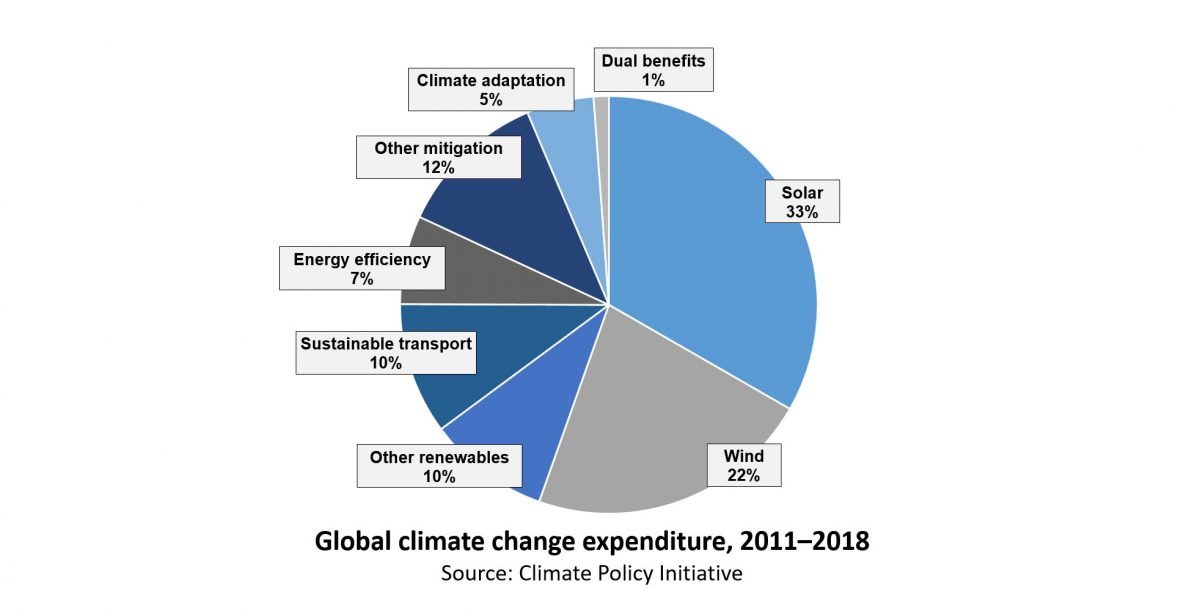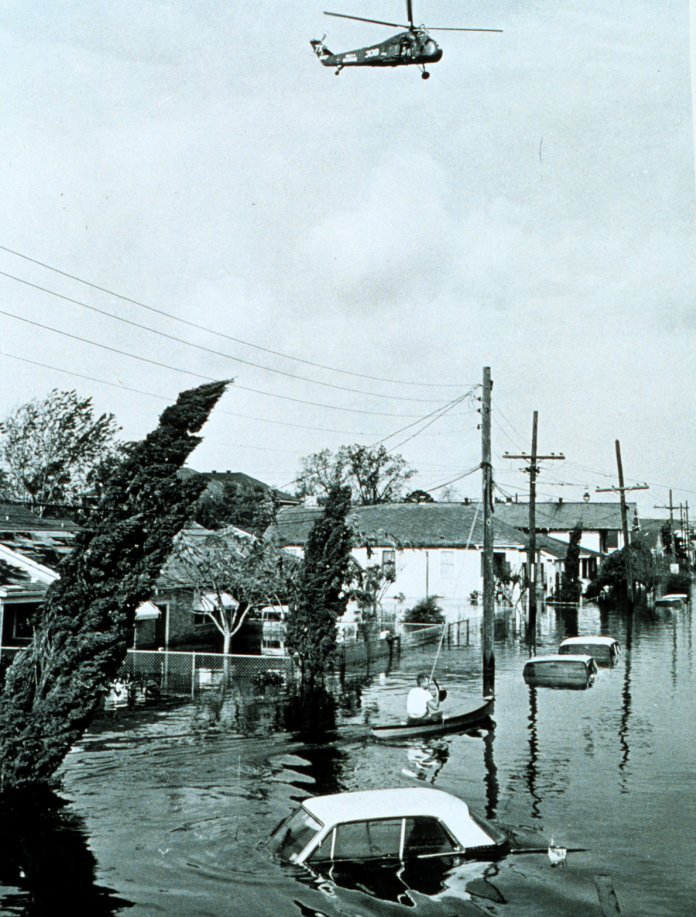This essay was originally written as a guest post for the Watts Up With That blog, which was published on 13th June, 2018. It is a summary of the findings of our 2018 “Comparing the current and early 20th century warm periods in China” paper.


This essay was originally written as a guest post for the Watts Up With That blog, which was published on 13th June, 2018. It is a summary of the findings of our 2018 “Comparing the current and early 20th century warm periods in China” paper.

The press release for our 2020 “Energy and Climate Policy—An Evaluation of Global Climate Change Expenditure 2011–2018” paper, in which we investigate the pros and cons of renewable energy sources.

This essay was originally written as an invited guest post for Dr. Judith Curry’s “Climate Etc.” blog. A slightly abridged version was published there on 16th August 2017.
In this essay we summarise the findings of our 2017 “Re-calibration of Arctic sea ice extent datasets using Arctic surface air temperature records” paper.

We haven’t had a new post since 2014, but while the blog hasn’t been very active, we have been very busy continuing our climate research. So, in case anyone is wondering how our work is going, here’s a short progress report of what we’ve been doing since 2014.

There is a popular perception that the number and intensity of hurricanes, typhoons and other tropical storms is increasing as a result of man-made global warming. This has led many people to believe that our fossil fuel usage is to blame for the horrific tragedies associated with recent tropical cyclones such as Hurricane Katrina (2005), Cyclone Nargis (2008), Hurricane Sandy (2012) and Typhoon Haiyan (2013).
However, these perceptions are not matched by the data. In this essay, we will briefly review what is actually known about hurricane trends.

In this essay, we summarise the results of our three “Urbanization bias” papers, which we have submitted for peer review at the Open Peer Review Journal.
Urban areas are known to be warmer than rural areas. This is known as the “urban heat island” effect.
This is a problem for analysing global temperature trends, because the widespread urbanization since the 19th century has introduced an artificial warming “urbanization bias” into many of the weather station records around the world. As a result, much of the “unusual global warming since the Industrial Revolution” which has been reported is just an artefact of urbanization bias.
Several groups have claimed that urbanization bias has already been taken into account in the global temperature estimates, and that they’re sure the unusual global warming is due to man-made global warming. However, in our three papers, we show that those claims are invalid.
Urbanization bias has seriously biased the current global temperature trend estimates. When we properly account for this bias, it turns out that it was probably just as warm in the 1930s and 1940s!

In this essay, we summarise the results of our “Has poor station quality biased U.S. temperature trend estimates?” paper, which we have submitted for peer review at the Open Peer Review Journal. The recent Surface Stations project has revealed that about 70% of the U.S. stations used for studying temperature trends are currently located near artificial heating sources, e.g., concrete surfaces, air conditioning units, parking lots. We found that this poor station quality has increased the mean temperature trends of the raw records by about half.
It has previously been claimed that these biases have been removed by a series of data adjustments carried out by the National Climatic Data Center on these station records. However, we found that these adjustments to be inappropriate. The adjustments spread the biases uniformly amongst the stations, instead of removing them.
It appears that poor siting has led to an overestimation of U.S. temperature trends. It is likely that similar siting problems exist for the rest of the world. This means that the amount of “global warming” which is thought to have occurred since the 19th century has probably been overestimated.

There is a popular perception that climate scientists are in almost unanimous agreement that increasing CO2 concentrations are causing dangerous man-made global warming, and that we need to urgently reduce our “carbon footprint”.
However, while there are many prominent climate scientists who believe this, there is actually a wide range of opinions on man-made global warming amongst the scientific community. Some scientists believe there has been man-made global warming, but that the media descriptions are seriously exaggerated, and that it isn’t an urgent issue. Other scientists believe that global warming is probably due to natural climate variability.
In this essay, we give examples of some of the different views on man-made global warming of prominent climate researchers.

There is a popular perception that man-made global warming is causing sea levels to rise dramatically. However, while some computer models have made fairly dramatic predictions, and Hollywood has exaggerated these into completely implausible scenarios to make entertaining science fiction, the actual experimental data fails to show anything dramatic. Instead, it suggests a sea level rise of at most a few inches per century. But, even those modest estimates are likely to be too large, as they neglect a number of serious biases in the data. In this essay, we analyse the actual data.

In this essay, we summarise the results of our three “Physics of the Earth’s atmosphere” papers, which we have submitted for peer review at the Open Peer Review Journal.
For these papers we carried out new laboratory experiments to measure the mechanisms by which energy is transmitted throughout the atmosphere. We also analysed the distribution of energy throughout the atmosphere, using data from more than 13 million weather balloons.
Our experimental results show that the temperature distribution in the atmosphere is completely independent of greenhouse gas concentrations. This directly contradicts the greenhouse effect theory, which predicts that increasing carbon dioxide concentrations should cause the lower atmosphere to heat up (“global warming”).
Our results also provide important new insights into why the jet streams exist, why tropical cyclones form, and how to predict the weather. In addition, they suggest a new mechanism for the formation of ozone in the ozone layer, which implies that the expansion and contraction of the ozone layer is much quicker than had previously been thought.